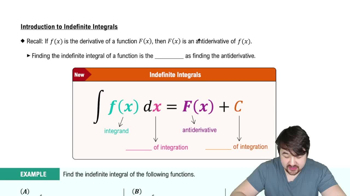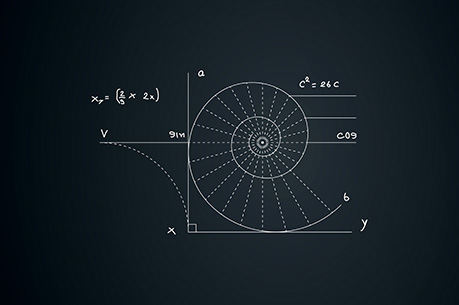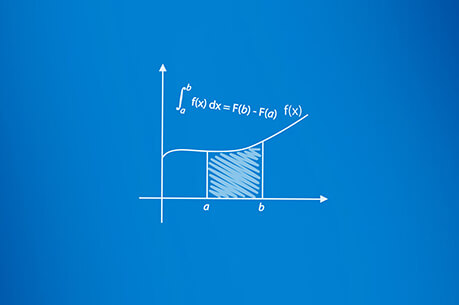My course
What would you like help with today?
Get world-class educational content with clear, step-by-step explanations all in one place
Start Learning and Practicing Calculus with Patrick - Your Online Course Tutor!
Jump on your first topic
- Concept Video1:36Introduction to Calculus Channel0. Functions / Introduction to Functions
- Concept5:20Relations and Functions0. Functions / Introduction to Functions
- Practice problem
State the inputs and outputs of the following relation. Is it a function? {}
0. Functions / Introduction to Functions
Most popular topics of the week
These are the topics other students have been focusing on.
- 11videos inTopic25 minutesIndefinite Integrals7. Antiderivatives & Indefinite Integrals
- 36videos inTopic1 minutesDerivatives of Exponential & Logarithmic Functions6. Derivatives of Inverse, Exponential, & Logarithmic Functions
- 19videos inTopic41 minutesIntroduction to Limits1. Limits and Continuity
Community
- RN@RobertUpdate 18 hours ago
Hi there! Hope you mean , where 'b = e'.
Using e^1 = e, ln(e^1) = 1.
Recall e(ln 9) = 9 OR ln(e^5) = 5. The ln and e cancel each other in this two situations.
See Asset 12, 13, and 14 here on deriving the exponent.
0up votes•0replies - HS@HS_3701195Update 6 days ago
I always get the open circle and closed circle mixed up. so if its open does that mean the limit exists ?
0up votes•2replies - JR@JR_3718480Update 2 days ago
So taking the derivative of a natural exponent, if there is a constant attached we just keep it the same and don't equate it to 0?
0up votes•1replies


















